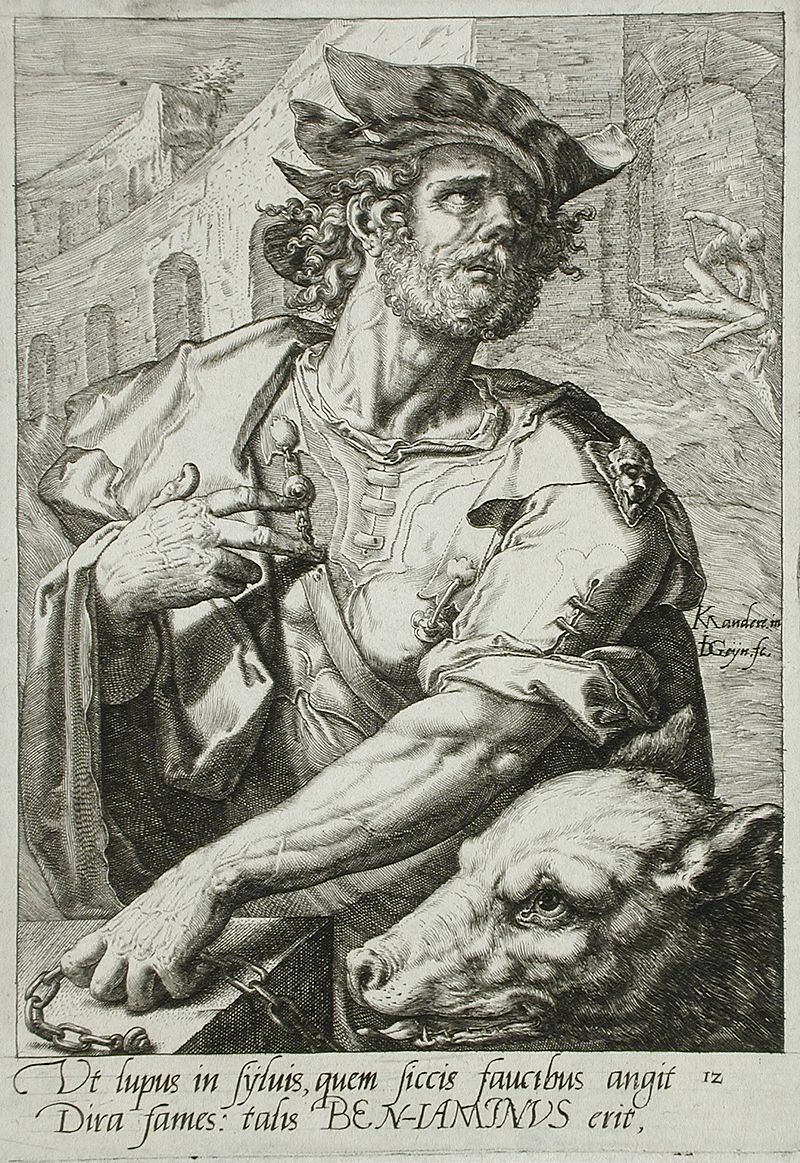David Wilson
Contributor
Let us now resume our survey of Clasal diving equipment with a review of the Sport snorkel-mask.
 Spanish: "MASCARILLA SPORT ref. 1.600. Mascarilla de respiración interna. Equipada con aro metálico de seguridad. Su forma de pantalla panorámica ha sido estudiada para su mayor visibilidad, adaptándose perfectamente. Fabricada con goma extra CLASAL que le da gran suavidad, duración y libertad de movimientos. Se fabrica en los colores del grabado. Precio 90 ptas. Recambios para Máscara Sport Ref. 1.600. 100 Flotador: 1,50. 506 Boya: 18,-. 1002 Correa: 8,-. 1004 Hebillas Especiales: 2,-. 1112 Aro Metálico inoxidable: 10,-. 1501 Sujetador: 10,-. 1601 Cristal: 7,-".
Spanish: "MASCARILLA SPORT ref. 1.600. Mascarilla de respiración interna. Equipada con aro metálico de seguridad. Su forma de pantalla panorámica ha sido estudiada para su mayor visibilidad, adaptándose perfectamente. Fabricada con goma extra CLASAL que le da gran suavidad, duración y libertad de movimientos. Se fabrica en los colores del grabado. Precio 90 ptas. Recambios para Máscara Sport Ref. 1.600. 100 Flotador: 1,50. 506 Boya: 18,-. 1002 Correa: 8,-. 1004 Hebillas Especiales: 2,-. 1112 Aro Metálico inoxidable: 10,-. 1501 Sujetador: 10,-. 1601 Cristal: 7,-".
Rough translation: "SPORT MASK ref. 1,600. Internal breathing mask. Fitted with metal security band. Its wide-screen shape has been designed for greater visibility, a perfect fit. Manufactured with superior CLASAL rubber to give great softness, durability and freedom of movement. Manufactured in the colours of the drawing. Price 90 pesetas. Spare parts for Sport Mask Ref. 1,600. 100 Float ball: 1.50. 506 Float valve: 18.00. 1002 Strap: 8.00. 1004 Special buckles: 2.00. 1112 Stainless-steel band: 10.00. 1501 Fastener: 10.00. 1601 Lens: 7.00".
So a rectangular snorkel-mask for maximum breadth of vision and fitted with a metal rim to retain the lens. Two sets of straps to secure the breathing tube and to keep the mask in contact with the face.
Rough translation: "SPORT MASK ref. 1,600. Internal breathing mask. Fitted with metal security band. Its wide-screen shape has been designed for greater visibility, a perfect fit. Manufactured with superior CLASAL rubber to give great softness, durability and freedom of movement. Manufactured in the colours of the drawing. Price 90 pesetas. Spare parts for Sport Mask Ref. 1,600. 100 Float ball: 1.50. 506 Float valve: 18.00. 1002 Strap: 8.00. 1004 Special buckles: 2.00. 1112 Stainless-steel band: 10.00. 1501 Fastener: 10.00. 1601 Lens: 7.00".
So a rectangular snorkel-mask for maximum breadth of vision and fitted with a metal rim to retain the lens. Two sets of straps to secure the breathing tube and to keep the mask in contact with the face.







